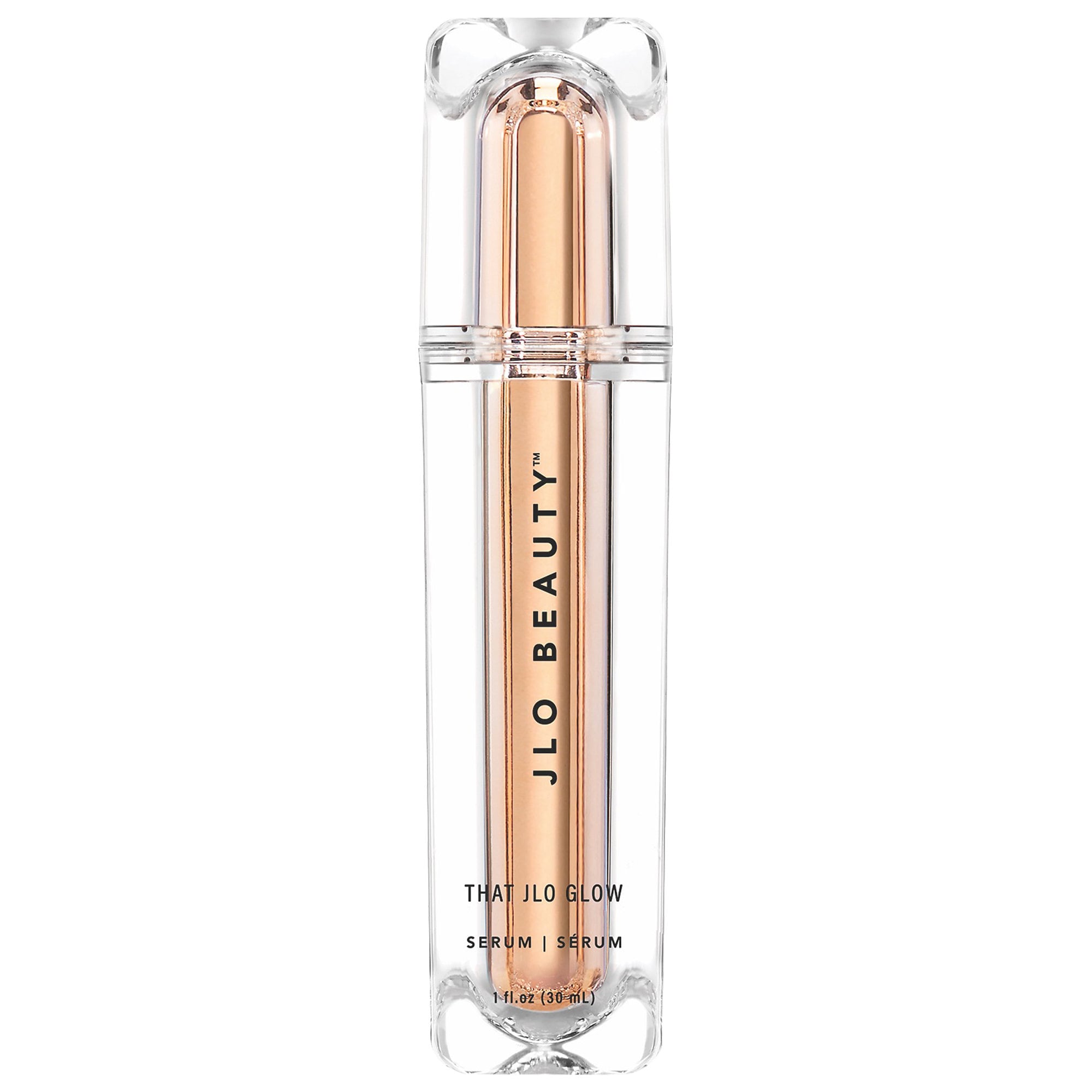Dyson Airwrap™ Attachment upgrade Complete Long | Iron/nickel
Upgrade your Dyson Airwrap™ multi-styler Complete long with re-engineered attachments that use powerful Enhanced Coanda airflow for increased control. For hair chest-length or longer.
Category: Beauty
Tag: Dyson Airwrap™ Attachment upgrade Complete Long
-
Rose Water Gel Cleanser – 100% PURE
Rated 5.00 out of 503Rose Water Gel Cleanser – 100% PURE
Rated 5.00 out of 503 -
CHANEL ROUGE COCO GLOSS Moisturizing Glossimer | Ulta Beauty
Rated 5.00 out of 505CHANEL ROUGE COCO GLOSS Moisturizing Glossimer | Ulta Beauty
Rated 5.00 out of 505 -
Long Last Liquid Eye Liner – 100% PURE
Rated 5.00 out of 504Long Last Liquid Eye Liner – 100% PURE
Rated 5.00 out of 504 -
Non Latex Makeup Blender – 100% PURE
Rated 4.75 out of 504Non Latex Makeup Blender – 100% PURE
Rated 4.75 out of 504
For hair that’s chest-length or longer
The Dyson Airwrap™ Attachment upgrade Complete Long includes:
- 30mm Airwrap™ long barrel
- 40mm Airwrap™ long barrel
- Coanda smoothing dryer
- Soft smoothing brush
- Firm smoothing brush
If your hair is shorter than chest-length, discover the Dyson Airwrap™ Attachment upgrade Complete.
Mermaid waves
Soft, unstructured waves for longer lengths. Using the Coanda smoothing dryer and 30mm long barrel.
Sleek side part
A sleek, everyday look with minimal flyaways. Using the Soft smoothing brush and Coanda smoothing dryer.
Curly blow out
A glamorous finish featuring big, bold curls. Using the 40mm long barrel and Firm smoothing brush.
Submit your review Cancel reply










Reviews
There are no reviews yet.